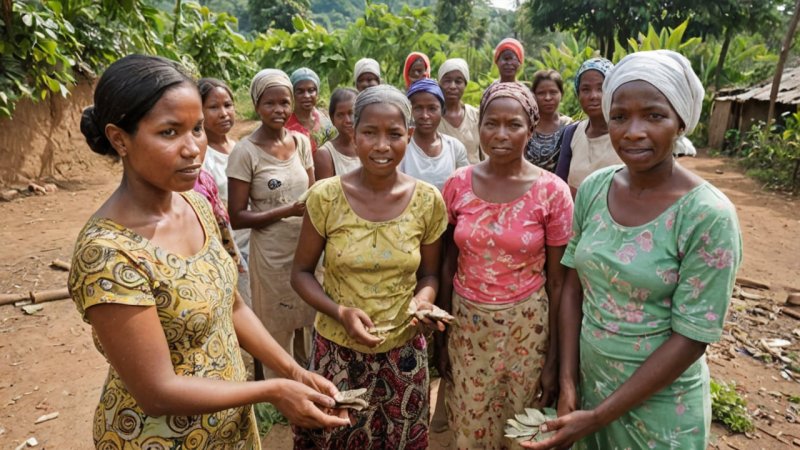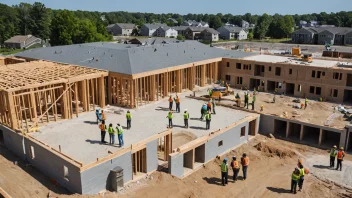Poverty alleviation is a pressing global issue, and creating sustainable programs is essential for long-term impact. Sustainable poverty alleviation programs not only provide immediate relief but also empower communities to break the cycle of poverty. This article explores key strategies for developing such programs, emphasizing community involvement, education, and economic empowerment.
First and foremost, community involvement is crucial. Any poverty alleviation program must start with a thorough understanding of the community it aims to serve. Engaging local leaders and residents in the planning process ensures that the program aligns with their needs and cultural contexts. Conducting surveys and holding focus groups can provide valuable insights into the specific challenges faced by the community. By involving community members from the outset, programs can foster a sense of ownership, leading to higher participation and sustainability.
Education plays a vital role in sustainable poverty alleviation. Programs that focus on literacy and vocational training equip individuals with the skills necessary for better employment opportunities. For instance, offering adult education classes can help parents secure stable jobs, thereby improving their families' quality of life. Additionally, investing in children's education can break the cycle of poverty for future generations. Sustainable programs should collaborate with local schools, NGOs, and government initiatives to ensure that educational resources are accessible and relevant.
Economic empowerment is another fundamental aspect of sustainable poverty alleviation. Providing access to microloans or grants can enable individuals to start small businesses, increasing their financial independence. Such initiatives should be coupled with training on financial literacy, helping individuals manage their resources effectively. Moreover, creating partnerships with local businesses can open up job opportunities for community members and stimulate local economies.
To ensure the sustainability of these programs, continuous evaluation and adaptation are necessary. Regular assessments can help identify what is working and what needs improvement. Gathering feedback from participants can provide valuable insights and foster a culture of accountability. Additionally, collaborating with academic institutions or research organizations can enhance the program’s effectiveness through data-driven decision-making.
Moreover, fostering a network of support can amplify the impact of poverty alleviation programs. Partnering with other NGOs, government agencies, and private sector organizations can help pool resources and expertise. This collaboration can lead to holistic approaches that address multiple facets of poverty, including health care, housing, and mental well-being.
Lastly, raising awareness about poverty and its systemic roots is essential for garnering broader support for sustainable programs. Educational campaigns can inform the public about the challenges faced by impoverished communities and encourage them to take action, whether through volunteering their time or advocating for policy changes.
In conclusion, creating sustainable poverty alleviation programs requires a multifaceted approach that includes community involvement, education, economic empowerment, continuous evaluation, and collaboration. By focusing on these key areas, we can develop initiatives that not only address immediate needs but also foster long-lasting change, enabling individuals and communities to thrive.
Creating Sustainable Poverty Alleviation Programs
Discover the essential strategies for developing sustainable poverty alleviation programs that empower communities and break the cycle of poverty.






